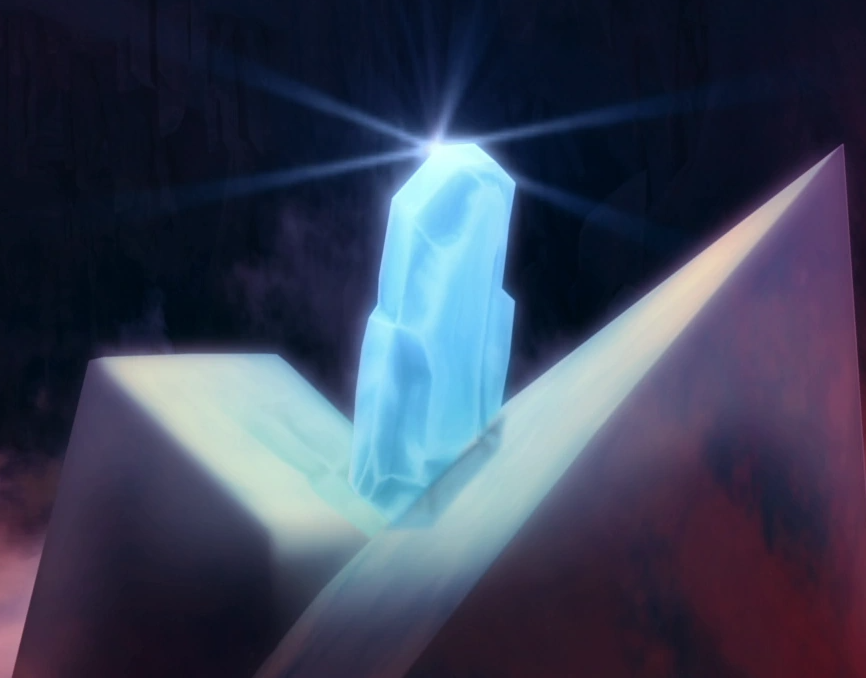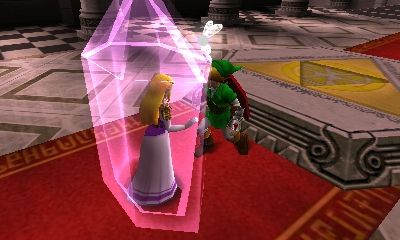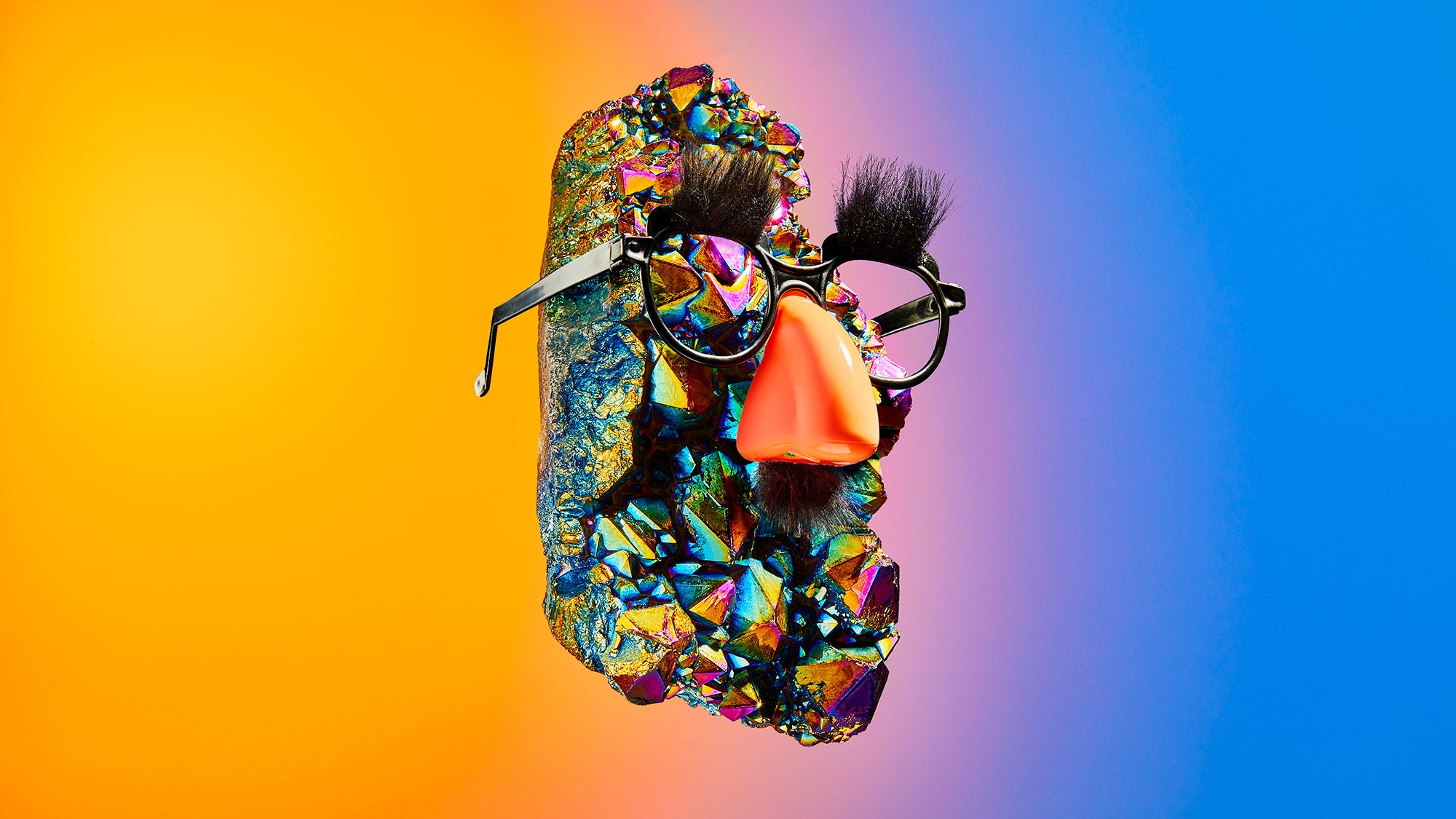Fake crystals with awesome powers

For thousands of years, people have ascribed supernatural powers to shiny rocks pulled from the earth. Even today, crystals—a wondrously diverse collection of minerals that take on beautiful, geometrical forms—ignite the human imagination like few other natural materials. If you need any evidence, just type "properties of quartz" into your Google search bar, and alongside troves of geological information, you'll find sites extolling the gemstone's purifying energy; its ability to amplify creativity; its stabilizing effect in times of emotional turmoil.
It will come as no surprise to readers of this newsletter that the metaphysical properties of crystals are not backed up by science. While sellers market crystals for their ability to heal various ailments or bring balance to the mind, the supposed mechanism behind this—some sort of energy transfer between crystals and humans—has no physical basis. People who feel certain effects in the presence of crystals are probably experiencing the placebo effect, in which the mind convinces the body that a fake treatment is helping, causing it to have real benefits.

The placebo effect is surprisingly powerful. Treatments that don't have any pharmacological effect, like using a jade facial roller to release negative emotions, can still impact our brains, potentially stimulating the production of feel-good chemicals like the neurotransmitter dopamine. Considering that crystals make great desk ornaments and are fun to shop for, it's no surprise many people embrace the idea that these shiny stones really can bring harmony and balance into our lives. Nor is it a shock that crystals skyrocketed in popularity amidst the turmoil of the pandemic. (No, crystals can't treat covid.)
It isn't just the wellness industry that promotes crystals for their numinous properties, though: So do science fiction and fantasy.
Look closely at any genre novel, movie, TV series, or video game, and you're likely to find magical crystals playing an important role. In Star Wars, kyber crystals power lightsabers, amplifying the Force in the hands of a Jedi. In Star Trek, "dilithium" crystals control the matter-antimatter reactions inside a starship's warp core, making faster-than-light travel possible. The six Infinity Stones of the Marvel universe possess powerful magical properties, including the ability to teleport users across the universe and alter time itself. In The Legend of Zelda, real gemstones like topaz, ruby, and sapphire are imbued with supernatural powers.

What's interesting about these fictionalized crystals is that the roles they play in our stories mirror the roles we believe real crystals can play in our lives. Whether it's powering Ahsoka Tano's lightsaber or holding unpaid bills on your desk, the lore is similar: the crystal serves to channel, amplify, or balance energy.
And while again, there's no actual evidence to support this, the idea isn't totally out of left field. Quartz is an excellent electrical insulator, a property that makes it useful inside a host of consumer electronics, from computers to TVs. Minerals like magnetite are used to shield sensitive devices from electromagnetic interference. Diamond, the hardest mineral on Earth, coats the edge of saws used to cut through concrete. These minerals really do have amazing powers, and it's no surprise that we've embellished them further by adding healing, FTL travel, and Force amplification to crystals' already impressive list of accomplishments.
And honestly, if you want to buy a Moldavite trinket to help you let go of painful thoughts, sure, why not? As long as you're not substituting crystals for actual medical treatment, there's no harm done. Heck, maybe it will do some good.
Now, fake Moldavite made out of industrial slag glass? Hard pass, thank you.


